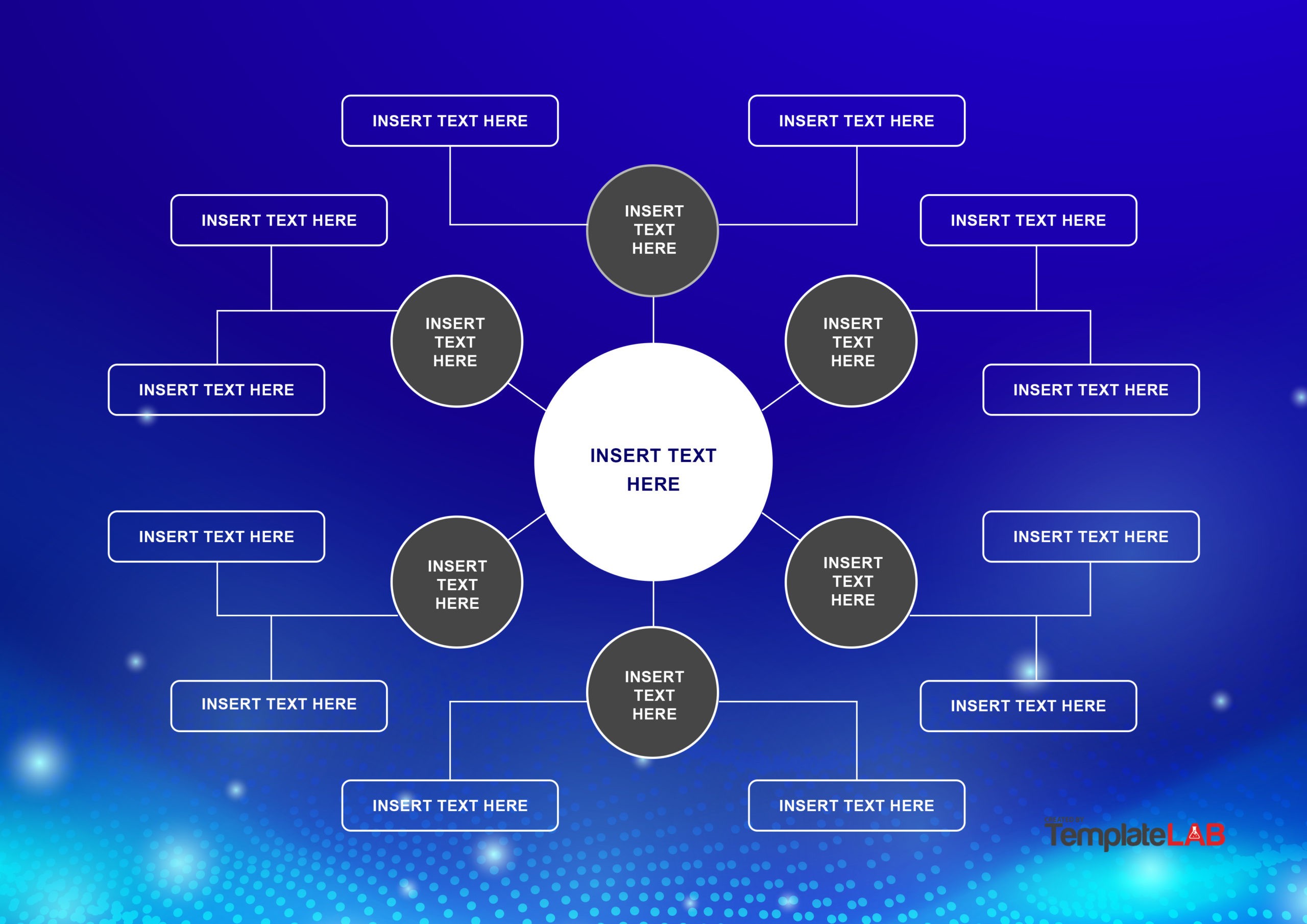

When our focus is away from our automated thoughts, we can pour more focus, love, patience and creativity into the things that matter. Action, in many ways, is the antidote to a busy mind. But taking any action often leads us out of this zone. Staying in the rumination zone leads to procrastination, perfectionism, guilt, imposter syndrome or believing we’re unable to do anything. If we know that we have the tendency to live in our heads, then sometimes taking the smallest step forward can be enough to quiet our thoughts, worries, and anxieties. So here is my formula that I’m constantly tweaking, ensuring that the daily dance with my thoughts is mostly a positive one. Now I recognize that overthinking and ruminating are common to the ADHD experience.Īlthough it can be exhausting to live in my head, I now feel so much more in control after learning and implementing techniques that help calm my racing mind. True insight into how my mind works could have spared me years of anxiety and worry.īefore I was diagnosed with ADHD, I thought I was just a neurotic killjoy, sapping the fun out of most situations with my anxiety-ridden ‘what if’ and catastrophe-setting scenarios. Years of working in public relations had me convinced that one oversight on my part could mean the end of an entire business.

With four children (one already diagnosed with ADHD), overthinking and catastrophizing doesn’t help much. I’m the queen of ideas, from brainstorming to problem solving to matchmaking (I have a mental Rolodex of single friends and have orchestrated four successful relationships to date).īut an ever-running mind has caused some major headaches over the years. When my diagnosing psychiatrist explained this to me, it was like the heavens opened, and I could hear the angelic echo of ‘hallelujah.’ Finally, I understood the cause of my frequent mental exhaustion, and why I often prefer to listen, rather than talk.ĭon’t get me wrong – having a busy brain that runs at x 1.5 speed can also be a huge asset. It is also very much connected to ‘ internal restlessness’ and a fired-up nervous system – in itself connected to emotional burnout. The ‘H’ in ADHD, I learned, doesn’t just refer to physical hyperactivity (although sitting for long periods isn’t easy for me). Yes, I am always taking in other people’s thoughts and opinions, but the real exhaustion came from contending with my own, disruptive inner chatter.

I wondered why no one else seemed so completely drained by the end of the day, but I did not yet appreciate the extent to which people with ADHD dwell inside their particularly busy heads.

Prior to my diagnosis, I assumed that my inner chatter, curiosity, questioning, hypervigilance, and overthinking were pretty normal.


 0 kommentar(er)
0 kommentar(er)
